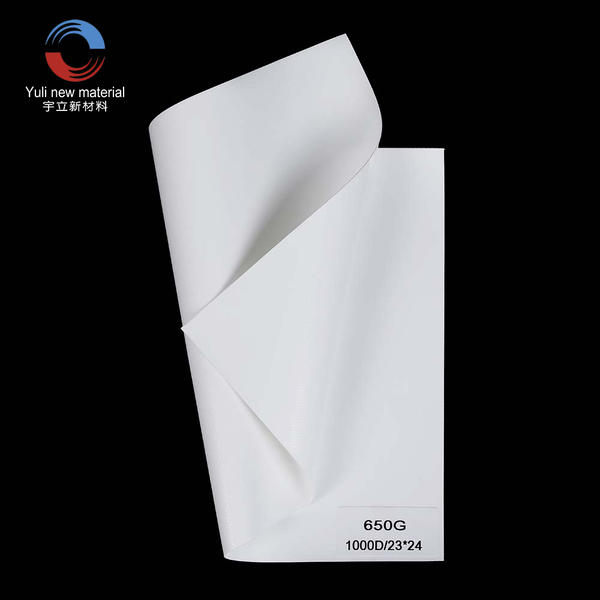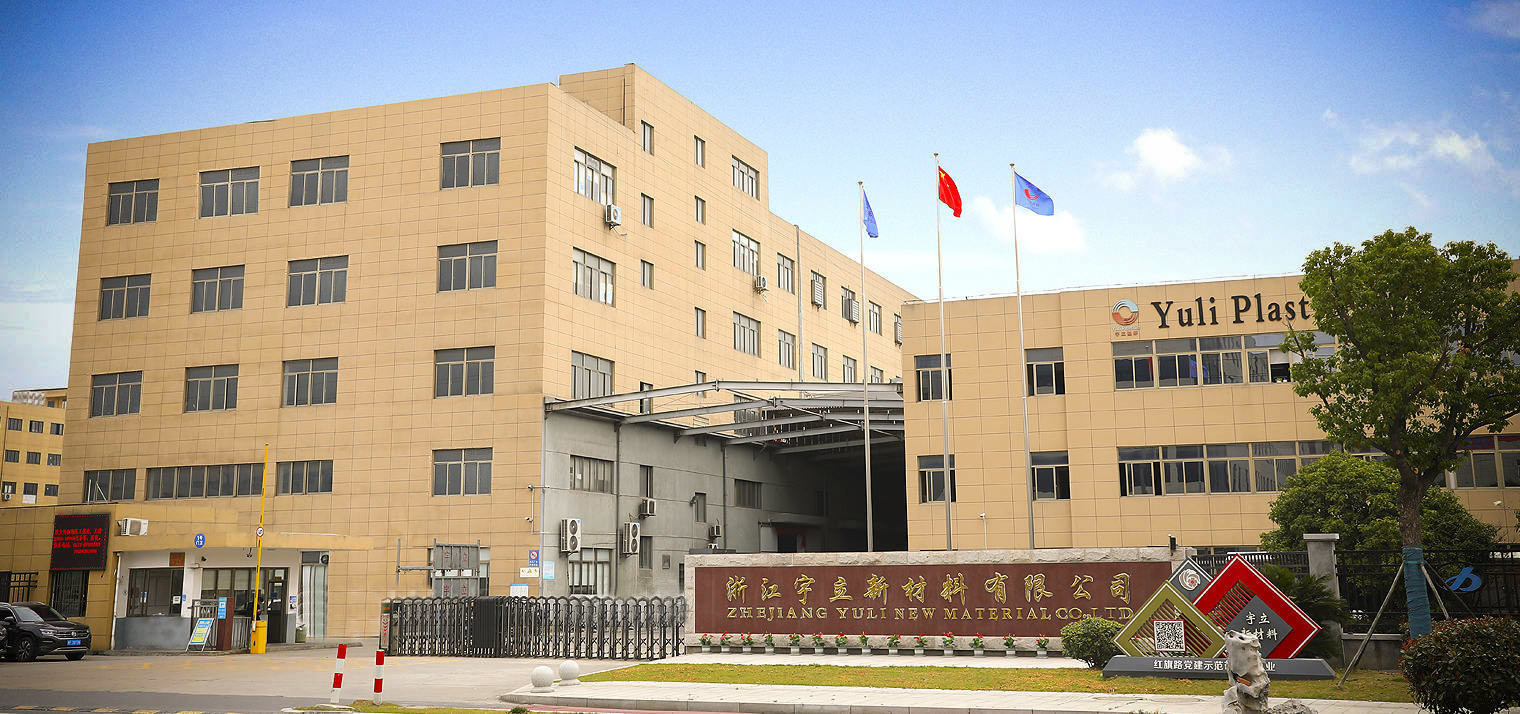How does PVC tent house fabric perform in terms of water resistance and durability during heavy rainfall or prolonged exposure to moisture?
PVC tent house fabric is known for its excellent water resistance and durability, making it suitable for use during heavy rainfall or prolonged exposure to moisture. Here's how it performs in these conditions:
1.Water Resistance: PVC tent house fabric is inherently waterproof due to the properties of PVC (polyvinyl chloride). It has a tight molecular structure that prevents water penetration, keeping the interior of the tent dry even during heavy rainfall. The fabric is typically coated or laminated with additional waterproofing agents to enhance its resistance to water.
2.Seam Sealing: The seams of PVC tent house fabric are critical areas where water can potentially enter. However, professional-grade PVC tent house fabric is manufactured with high-frequency welding or heat-sealed seams. This creates strong, watertight bonds that prevent water leakage through the seams.
3.Durability: PVC tent house fabric is highly durable and can withstand prolonged exposure to moisture. The PVC material is resistant to mildew, rot, and degradation caused by moisture. It maintains its structural integrity and does not weaken when exposed to wet conditions, ensuring the tent remains sturdy and reliable.
4.UV Resistance: Along with water resistance, PVC tent house fabric offers excellent UV resistance. It is designed to withstand prolonged exposure to sunlight without significant degradation. The fabric is often treated with UV stabilizers or coatings to protect it from the harmful effects of UV radiation, such as fading or weakening of the material.
5.Maintenance: Proper maintenance and care play a crucial role in maximizing the water resistance and durability of PVC tent house fabric. Regular cleaning, ensuring proper tensioning of the fabric, and addressing any small tears or damages promptly can help maintain its performance over time.
How does PVC tent house fabric handle UV radiation and what measures can be taken to enhance its UV resistance?
PVC tent house fabric is designed to handle UV radiation effectively, but additional measures can be taken to enhance its UV resistance. Here's how it handles UV radiation and some ways to improve its performance:
1.Inherent UV Resistance: PVC tent house fabric inherently possesses some level of UV resistance due to the nature of the PVC material. PVC has natural UV stabilizers that help mitigate the harmful effects of UV radiation, such as degradation and color fading.
2.UV Protective Coatings: Manufacturers often apply UV protective coatings on the surface of PVC tent house fabric. These coatings act as a barrier, further enhancing the fabric's UV resistance. The coatings help to reflect or absorb UV rays, preventing them from penetrating and causing damage to the fabric.
3..UV Stabilizers: During the manufacturing process, UV stabilizers can be added to the PVC formulation. These stabilizers are chemical additives that improve the fabric's resistance to UV radiation. They help to prevent the breakdown of PVC molecules and reduce the risk of degradation caused by prolonged exposure to sunlight.
4..Color Pigments: The choice of color pigments used in the PVC tent house fabric can affect its UV resistance. Darker colors tend to absorb more UV radiation, potentially leading to faster degradation compared to lighter colors. Opting for lighter-colored fabrics or those with UV-reflective pigments can help enhance UV resistance.
5.Regular Cleaning and Maintenance: Keeping the PVC tent house fabric clean and free from dirt, dust, and debris can help maintain its UV resistance. Accumulated dirt and grime can act as a magnifier for UV radiation, accelerating the fabric's degradation. Regular cleaning with mild soap and water, as recommended by the manufacturer, can help preserve the fabric's UV resistance.
6.Protective Shelters: Providing additional protection by placing the PVC tent house in shaded areas or under protective structures, such as trees or awnings, can reduce direct exposure to intense sunlight. This can help minimize UV radiation and extend the life of the fabric.
7.Temporary UV Protective Coatings: Temporary UV protective coatings or sprays designed for outdoor fabrics can be applied periodically to further enhance the UV resistance of PVC tent house fabric. These coatings act as an extra layer of protection against UV rays and can be reapplied as needed.

 English
English 中文简体
中文简体 Español
Español







